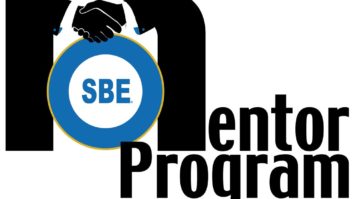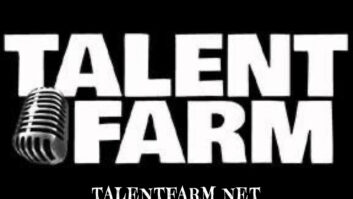
Fig. 1: Cover button caps with humorous labels to put your guests at ease and add a little fun to the studio. What do you do when you’ve installed talent control panels and are left with more buttons than you immediately need? You might cover them, remove them or black out the lens cap. But if you’re Radio America engineer Al Peterson, you use it as an opportunity to put guests at ease with humor.
Al handles studio-recording duties at the Radio America Network in Arlington, Va. A former on-air personality himself, he understands performance anxieties, especially in people not used to being in front of a microphone.
When the network ordered plates with extra buttons intended for future functions, Al capped the unwired ones with legends having nothing to do with anything.
He tells us, “People not normally used to sitting in front of microphones can be intimidated by even the simplest of controls: On, Off, Cough, Volume, etc. So, imagine looking down at the buttons and seeing one labeled ‘Free Beer.’ It will distract you and loosen you up a little.”
Naturally, the button does not do anything, much less dispense beer (though he’s seen people press it multiple times anyway, feigning disappointment). Neither does the button in Studio A that promises to fire off a Death Ray do as it claims. Al says, “When G. Gordon Liddy used to do his show from here, the button read ‘Ejector Seat,’ in keeping with his image as an agent of intrigue.”
The complete control panel is shown in Fig. 3.
* * *
Roberta Barmore is with Indianapolis Channel 13, WTHR(TV).
With regard to the construction project in the July 17 issue in which we helped you convert a scrap satellite dish to a parabolic mic, Roberta commented that a piece of thick-wall rubber tubing, with 1/4-inch inside diameter, can be used to hold the microphone. Find such tubing at auto supply and hardware stores.
It turns out that this tubing will pass a 1/4-20 bolt. When the tubing is compressed by washers under the head of the bolt and a nut is affixed to the far end, the compressed rubber will grip the inside of a standard male-thread mic stand coupler. The rubber also offers some vibration isolation. This technique can be used on a long piece of 1/4-inch-20 all thread, bent to shape; or used to couple to a pipe.
A neat alternative.
With regard to that same project, Peter Wankerman reminds us of the importance of ensuring that the microphone is in the dish’s focal zone. Hence the step, stressed by contributor Frank Hertel, that the mic be tightened down so the focal point aligns with the microphone pickup.
* * *
Some time ago Tim Sawyer, an engineering consultant with Mullaney Engineering, sent in a tip about how inexpensive spot infrared thermometers had gotten. These devices are ideal for identifying loose, heat-producing connections in AM antenna tuning units, phasors and electrical circuit breaker boxes. Taking periodic thermal measurements should help the engineer spot potential heat-related problems before they occur.
Tim reports that Fluke has developed an updated tool that combines the spot laser temperature measurement with a camera image of what you are measuring. A bit pricey at $895, but if it does the job and prevents catastrophes, it’s worth the cost. For group stations or contract engineers, the outlay can be shared among stations.
The product is the Fluke VT02 Visual IR Thermometer. Find links to information at radioworld.com/links.
The VT02 takes thousands of measurements per second and overlays the measurements with a camera image of what you are measuring. The point-and-shoot, focus-free design makes operation simple, and there’s no more guessing of what you are seeing. Also included is Smartview software, which records images on a micro SD card. The images can then be downloaded into reports. Contract engineers can now show their clients what’s wrong, and how the problem was resolved with before and after photos.
It’s budget time, so consider the insurance that the Fluke VT02 can provide.
Contribute to Workbench. You’ll help your fellow engineers and qualify for SBE recertification credit. Send Workbench tips to [email protected]. Fax to (603) 472-4944.
Author John Bisset has spent 44 years in the broadcasting industry and is still learning. He handles West Coast sales for the Telos Alliance. He is SBE certified and is a past recipient of the SBE’s Educator of the Year Award.












